Vanderbilt Center For Structural Biology
-

Dismantling staph’s drug resistance
Targeting the enzyme FosB could make antibiotic-resistant staph bacteria sensitive to the antibiotic fosfomycin. Read MoreMar 3, 2014
-
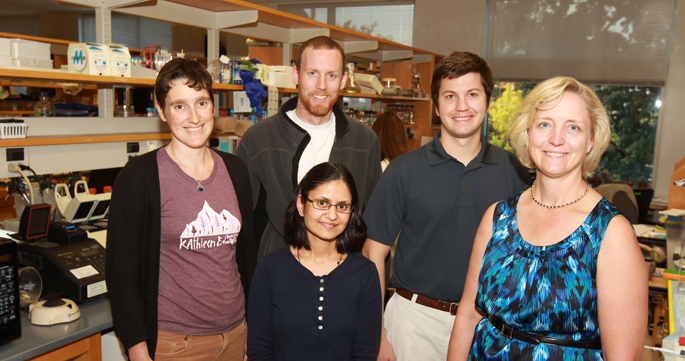
Grad students help achieve key discovery
A multidisciplinary study conducted by the combined efforts of Vanderbilt University graduate students has led to the first evidence that abnormal messenger RNA export from the nucleus to the cytoplasm can cause human disease. Read MoreOct 24, 2013
-

Controversial info release aids VUMC bird flu research
Vanderbilt research shows that human antibodies to the natural strain of H5N1 also protected against a dangerous lab-created airborne strain developed several years ago by scientists in the Netherlands and at the University of Wisconsin. Read MoreSep 5, 2013
-

Protein Society honors Sanders
Charles Sanders, Ph.D., professor of Biochemistry, has been selected as a recipient of the 2013 Hans Neurath Award from the Protein Society. He shares the honor with Jennifer Doudna, Ph.D., a Howard Hughes Medical Institute investigator at the University of California, Berkeley. Read MoreFeb 28, 2013
-
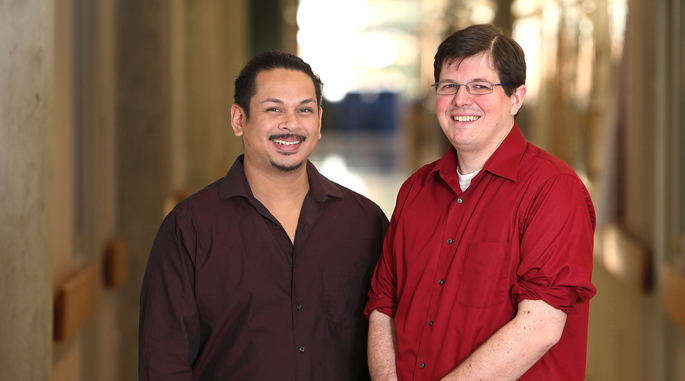
Antibacterial protein’s molecular workings revealed
Vanderbilt investigators report new insights to the workings of calprotectin, an immune system protein that “starves” bacterial pathogens of the metal nutrients they require. Read MoreFeb 21, 2013
-
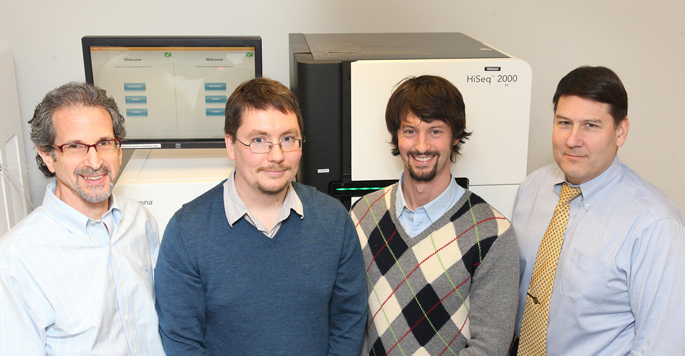
Study tracks genes involved in heart rhythm disorders
A team led by Vanderbilt University investigators has discovered two new genes — both coding for the signaling protein calmodulin — associated with severe early-onset disorders of heart rhythm. Read MoreFeb 7, 2013
-

New view of DNA processing ‘hub’
Structural studies reveal a new framework for understanding a central player in DNA processing. Read MoreJan 23, 2013
-

Seeing light receptor’s interactions
Understanding how the main receptor for light interacts with other signaling molecules may inform new pharmaceutical development. Read MoreJan 18, 2013
-

Zinc: a new antibiotic target?
It may be possible to fight hospital-acquired pathogens like Acinetobacter baumannii by targeting the bacterium’s need for the nutrient metal zinc. Read MoreJan 17, 2013
-
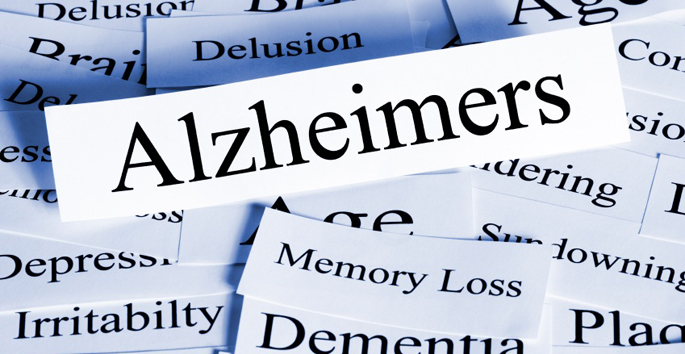
Alzheimer’s protein structure suggests new treatment directions
The molecular structure of a protein involved in Alzheimer’s disease – and the surprising discovery that it binds cholesterol – could lead to new therapeutics for the memory-robbing disease. Read MoreMay 31, 2012
-

Starvation diet kills staph bacteria
The antibiotics of the future could take a page from the immune system’s playbook – and “starve” bacteria of the nutrients they need. Read MoreAug 26, 2011
-
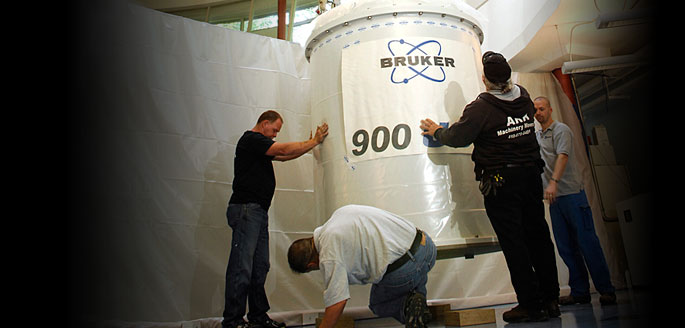
Powerful NMR magnet a boon to research at Vanderbilt University
Vanderbilt University’s acquisition of a 900 megahertz nuclear magnetic resonance (NMR) spectrometer will accelerate studies on cancer and Alzheimer’s disease. Read MoreMay 13, 2011